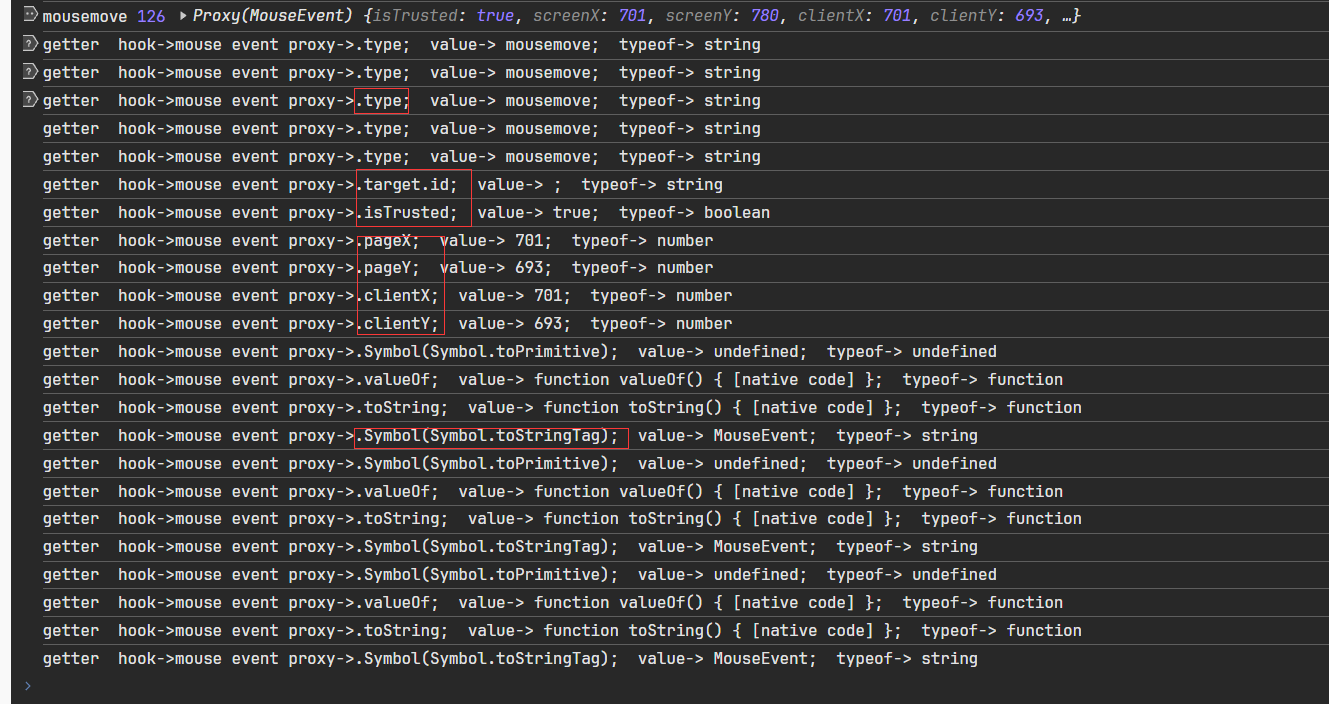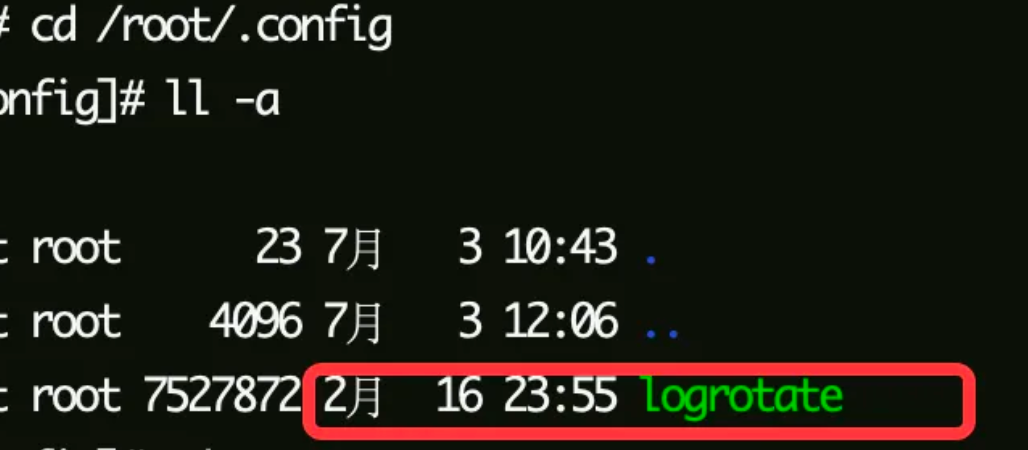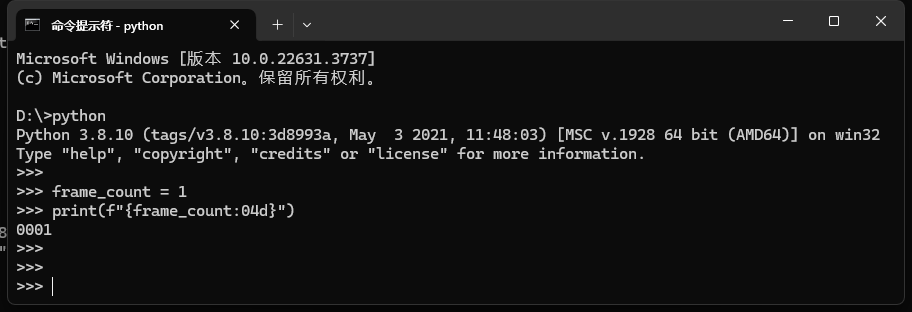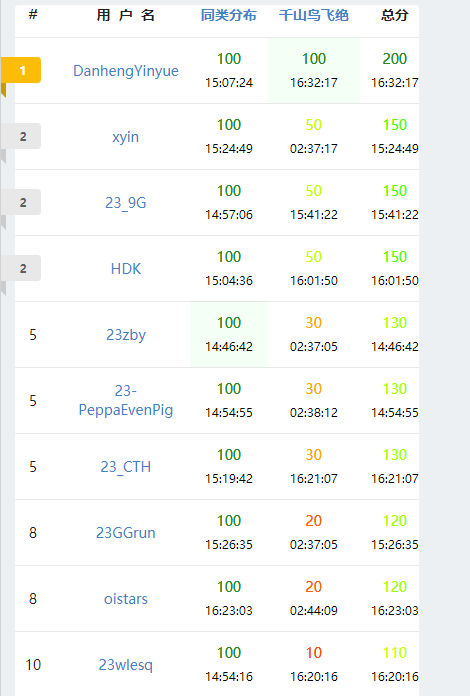设想我们在一家很大的互联网公司做IT方面的规划、开发和维护,有以下这样的应用场景:
- 公司里有若干个不同的开发团队,开发语言有Java、.net、Python、C++....十来种,还有很多外包团队对项目进行开发,大中小系统已经多的数不过来;并且各个团队、系统间都需要进行海量数据的交换(比如搜索引擎实时的数据,GPS物联网实时数据,电站的实时监控数据等),如何定义一种数据格式,使得各种平台和语言都能够兼容,交换的成本最低?
- 如此多的结构化、非结构化数据都需要进行存储,有几百个哈杜集群、数十万台、百万台服务器,数据存储在Hbase、RocksDb或者其他自己开发的数据库结构中,对查询的实时性很高(内存表个位数毫秒、SSD十几毫秒等)。如何用一种较为统一的格式存放这些数据?
相信在大公司或者在大公司做过外包的童鞋,都接触过这样一种数据对象,那就是Bond格式,目前Bond由M$维护,官方网站:https://github.com/microsoft/bond/,上面提供了各种语言的示例、编译工具等。
一个基本的Bond文件如下所示:
namespace Schoolstruct Student
{0: string Name;1: uint8 Age;2: bool IsBoy;3: optional vector<string> Interests;
}
这里定义了一个学校的命名空间,里面有个学生类,学生类里面有四个字段,依次是姓名、年龄、是否为男孩、兴趣爱好的列表(可选)。
很容易看出Bond结构实际是与平台和语言无关的,它是一个DSL,在不同的平台上,利用Bond编译工具gbc,可以把Bond文件编译成不同的类,然后就可以赋值、存储和传输了,编译好的Bond原生支持RPC调用。
Bond支持的数据类型有:
- 基本类型:int8, int16, int32, int64, uint8, uint16, uint32, uint64, float, double, bool, string, blob等,需要注意java平台没有uint类型,会编译成带有符号的同类型,数据会丢失精度(正数变成负数);
- 列表 vector、字典 map
- 枚举 enum
- 默认值
- 可选字段 optional,必须字段 required
- 可空字段 nullable
- 支持类的继承
- 支持字段的修饰 Attribute,这对前端验证和数据库存储比较有用,能定义字段长度、范围、列族等
这些类型能很好的满足数据交换和存储的需要;除此以外,Bond是一种非常高效的数据存储格式,它的二进制序列化最大程度去除了元数据的影响,极其紧凑,我们来看一个示例:
ListingItem是一个Bond类型,它的结构定义如下:
struct ListingItem
{1: required uint64 xxxxxxxxx; 2: required uint8 xxxxxxxxx; 3: optional uint16 score;4: optional vector<xxxx> xxxxxxxxxxx;5: optional map<xxxxxx, uint16> xxxxxxxxx; 6: optional xxxxxx xxxxxxxxxxx = Exxxxx;7: optional bool IsDeleted;8: optional vector<xxxxxxxx> xxxxxxxxList = nothing;
}
由于牵涉到生产环境的真实数据,所以一些字段和引用使用xxxxx来代替了,这个类的大小中等,有各种字段,还有对其它类的引用和集合等等。
我们用随机化的方式生成一百万个类,类里面的字段和引用都不一样,数值都是随机生成的,然后用Bond序列化和Java中带的Gson序列化方式进行序列化后的二进制长度比较,渣代码如下:
@Testpublic void ListingItemTest() throws IOException {int cycleLength = 1000000;Random random = new Random();// Create 1000000 listing itemList<ListingItem> items = new ArrayList<>();for(int i = 0; i < cycleLength; i ++){ListingItem item = new ListingItem();// ... //赋值省略,利用random.nextLong() nextInt()等给字段赋值// ...items.add(item);}StopWatch stopWatch = new StopWatch();int length = 0;stopWatch.start();//Serialization Bond Object for 1000000 timesfor(int i = 0; i < cycleLength; i ++){byte[] bytes = BondSerializationUtils.serializeBondToBytes(items.get(i), ProtocolType.MARSHALED_PROTOCOL);length += bytes.length;}stopWatch.stop();System.out.println(String.format("Bond Serialization %d objects cost %d ms, avg length in bytes is %d", cycleLength, stopWatch.getTime(), length / cycleLength));//Serialization as Json Objectlength = 0;stopWatch.reset();stopWatch.start();for(int i = 0; i < cycleLength; i ++){String json = gson.toJson(items.get(i));length += json.length();}stopWatch.stop();System.out.println(String.format("Json Serialization %d objects cost %d ms, avg length in string is %d", cycleLength, stopWatch.getTime(), length / cycleLength));}在我的破笔记本(10代i5低功耗u)运行结果如下:
Bond Serialization 1000000 objects cost 1392 ms, avg length in bytes is 60
Json Serialization 1000000 objects cost 8837 ms, avg length in string is 310
由于Java字符串getBytes()后和原长度一样,所以我们可以把字符串长度看作二进制数组长度。
多运行几遍代码,可以看到,Bond序列化的速度比Gson序列化的速度快4到5倍,序列化后的大小也只有json的1/5。(使用不同的序列化协议,比如COMPACT_PROTOCOL可以进一步压缩结果大小和序列化时间,速度能比Json序列化快10倍以上)
这是个了不起的成绩,如果我们生产环境中每天产生上百亿条数据,这些数据用于各种转换、分析与统计,使用Bond结构存储只有使用字符串存储空间的1/5,能够省下4/5以EB、PB计的存储成本;而且由于数据量的减少,传输和计算的成本也进一步压缩,每年在IT基础设施上的投入能节约上百亿上千亿美元,这些节省的成本最后都是利润。
最后,由于Java平台没有自带二进制序列化框架,我们用.net自带的序列化框架测试下二进制序列化和Json序列化,序列化的类如下:
[Serializable]public class TAListings{public string LxxxxxxxxList { get; set; }public string Titles { get; set; }public string CxxxxxxxxxxxxxxList { get; set; }public string CxxxxxxxxxxxxxxxxList { get; set; }}
代码如下:
TAListings listings = new TAListings() { CxxxxxxxxxxxxxxxxList= "5033333309:-:73333333333334,34444444442:-:744444444442,54444444449:-:744444444444444448,544444443:-:744444444444444" };var binSerilization = BinaryHelper.Serialize(listings);
var jsonSerilization = JsonHelper.Serialize(listings);Console.WriteLine(string.Join(" ", binSerilization.Select(f => f.ToString("x2"))));
Console.WriteLine("Binary Serilization Length: " + binSerilization.Length);
Console.WriteLine();
Console.WriteLine(jsonSerilization);
Console.WriteLine("Json Serilization UTF8 Length: " + Encoding.UTF8.GetByteCount(jsonSerilization));
Console.ReadLine();
结果如截图所示:

可以看到,如果只是普通的类,在.net使用二进制序列化后,反而比json序列化大了不少,增加的长度在二到四倍左右不等,这很反常识,是因为.net二进制序列化需要存储更多的元数据吗?
大家对我的文章有什么问题和建议,都希望能够参与讨论,谢谢大家!











